A fresh roundup of standout motion design and animation work from across the creative community.
Source link
برچسب: Motion
-
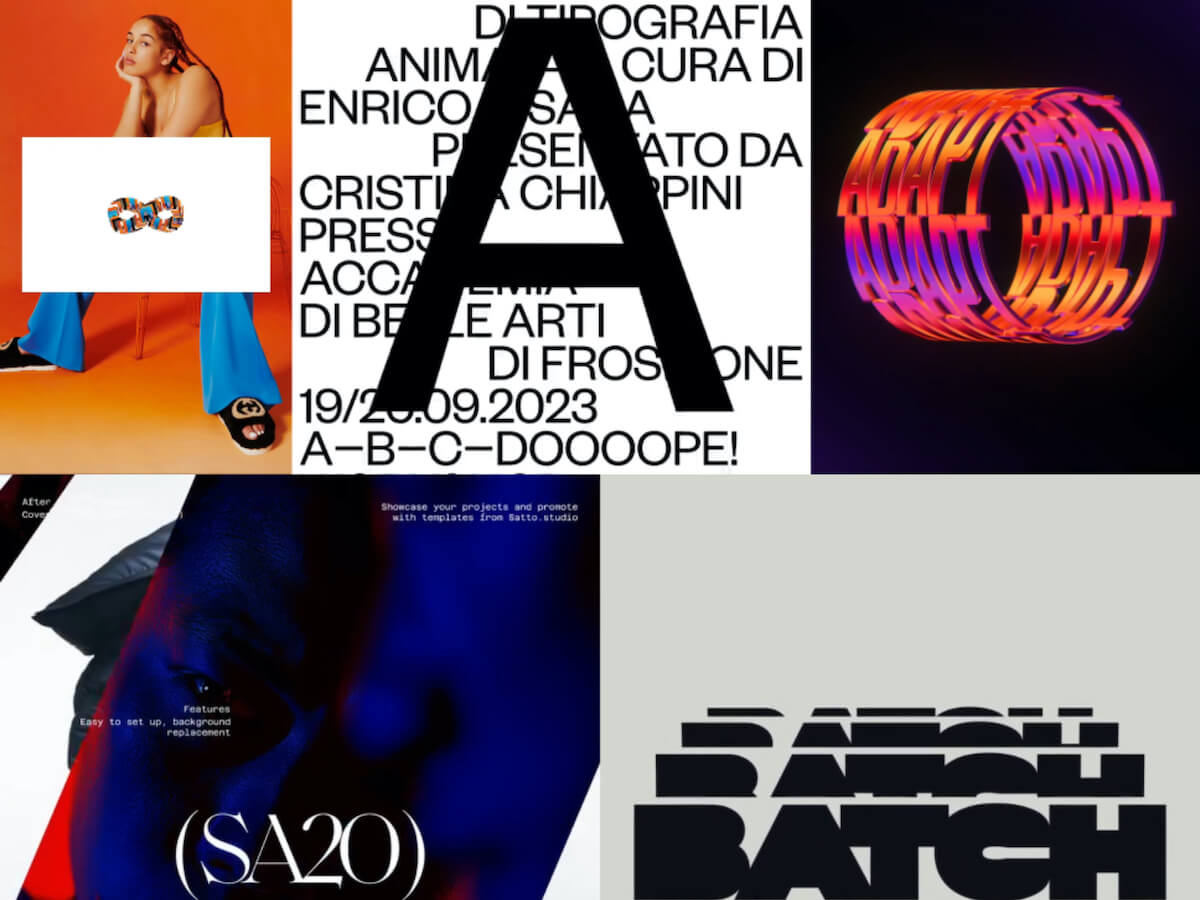
Motion Highlights #11
-
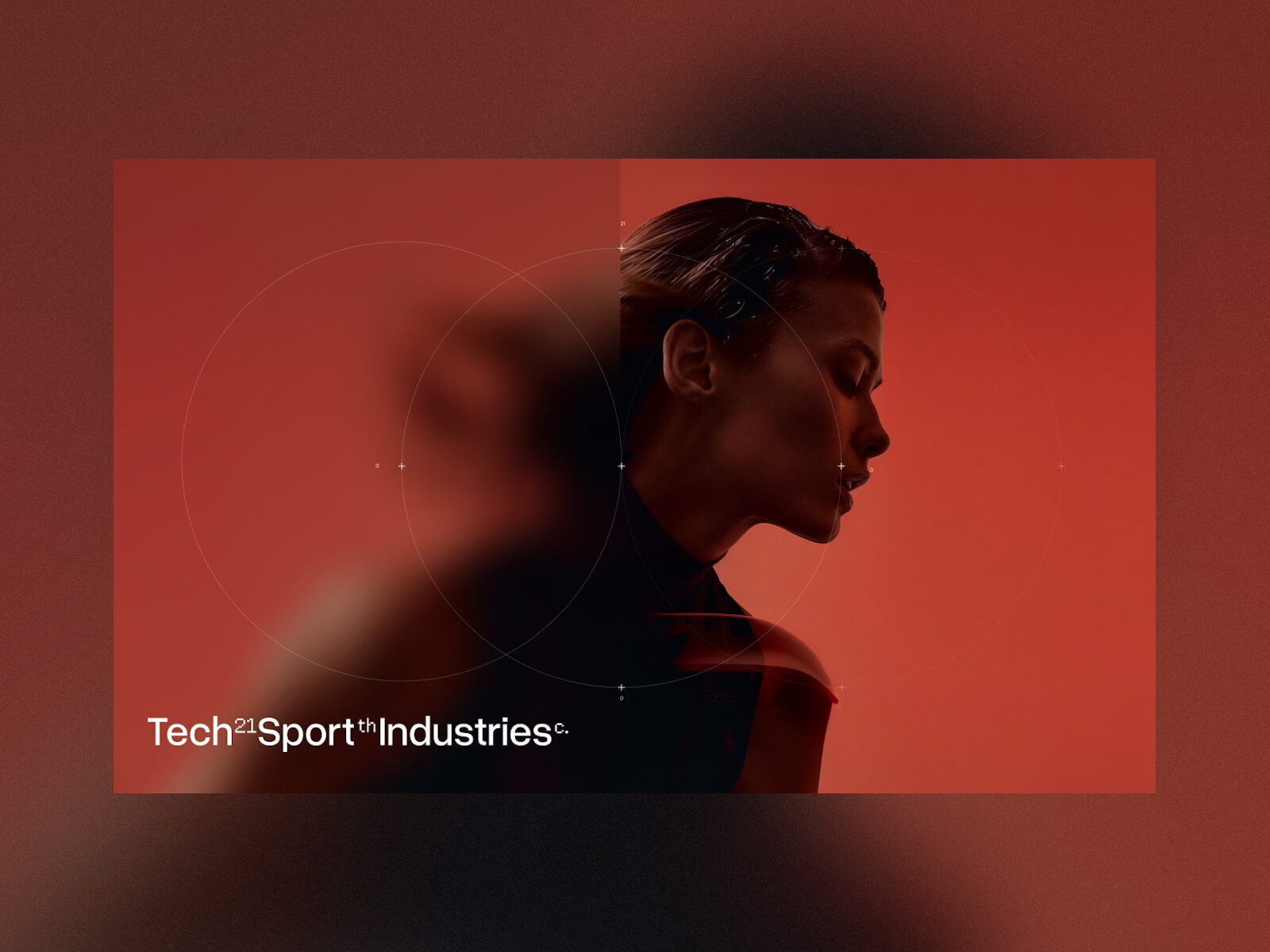
Beyond the Corporate Mold: How 21 TSI Sets the Future of Sports in Motion
21 TSI isn’t your typical sports holding company. Overseeing a portfolio of brands in the sports equipment space, the team set out to break from the mold of the standard corporate website. Instead, they envisioned a digital experience that would reflect their DNA—where innovation, design, and technology converge into a rich, immersive journey.
The result is a site that goes beyond static content, inviting users to explore through motion, interactivity, and meticulously crafted visuals. Developed through a close collaboration between type8 Studio and DEPARTMENT Maison de Création, the project pushes creative and technical boundaries to deliver a seamless, engaging experience.
Concept & Art Direction
The creative direction led by Paul Barbin played a crucial role in shaping the website’s identity. The design embraces a minimalist yet bold aesthetic—strictly monochromatic, anchored by a precise and structured typographic system. The layout is intentionally clean, but the experience stays dynamic thanks to well-orchestrated WebGL animations and subtle interactions.
Grid & Style
The definition of the grid played a fundamental role in structuring and clarifying the brand’s message. More than just a layout tool, the grid became a strategic framework—guiding content organization, enhancing readability, and ensuring visual consistency across all touchpoints.
We chose an approach inspired by the Swiss style, also known as the International Typographic Style, celebrated for its clarity, precision, and restraint. This choice reflects our commitment to clear, direct, and functional communication, with a strong focus on user experience. The grid allows each message to be delivered with intention, striking a subtle balance between aesthetics and efficiency.
A unique aspect of the project was the integration of AI-generated imagery. These visuals were thoughtfully curated and refined to align with the brand’s futuristic and enigmatic identity, further reinforcing the immersive nature of the website.

Interaction & Motion Design
The experience of 21 TSI is deeply rooted in movement. The site feels alive—constantly shifting and morphing in response to user interactions. Every detail works together to evoke a sense of fluidity:
- WebGL animations add depth and dimension, making the site feel tactile and immersive.
- Morphing transitions enable smooth navigation between sections, avoiding abrupt visual breaks.
- Cursor distortion effects introduce a subtle layer of interactivity, letting users influence their journey through motion.
- Scroll-based animations strike a careful balance between engagement and clarity, ensuring motion enhances the experience without overwhelming it.
This dynamic approach creates a browsing experience that feels both organic and responsive—keeping users engaged without ever overwhelming them.
Technical Implementation & Motion Design
For this project, we chose a technology stack designed to deliver high performance and smooth interactions, all while maintaining the flexibility needed for creative exploration:
- OGL: A lightweight alternative to Three.js, used for WebGL-powered animations and visual effects.
- Anime.js: Handles motion design elements and precise animation timing.
- Locomotive Scroll: Enables smooth, controlled scroll behavior throughout the site.
- Eleventy (11ty): A static site generator that ensures fast load times and efficient content management.
- Netlify: Provides seamless deployment and version control, keeping the development workflow agile.
One of the key technical challenges was optimizing performance across devices while preserving the same fluid motion experience. Carefully balancing GPU-intensive WebGL elements with lightweight animations made seamless performance possible.
Challenges & Solutions
One of the primary challenges was ensuring that the high level of interactivity didn’t compromise usability. The team worked extensively to refine transitions so they felt natural, while keeping navigation intuitive. Balancing visual complexity with performance was equally critical—avoiding unnecessary elements while preserving a rich, engaging experience.
Another challenge was the use of AI-generated visuals. While they introduced unique artistic possibilities, these assets required careful curation and refinement to align with the creative vision. Ensuring coherence between the AI-generated content and the designed elements was a meticulous process.
Conclusion
The 21 TSI website is a deep exploration of digital storytelling through design and interactivity. It captures the intersection of technology and aesthetics, offering an experience that goes well beyond a traditional corporate presence.
The project was recognized with multiple awards, including Website of the Day on CSS Design Awards, FWA of the Day, and Awwwards, reinforcing its impact in the digital design space.
This collaboration between type8 Studio and Paul Barbin of DEPARTMENT Maison de Création showcases how thoughtful design, innovative technology, and a strong artistic vision can come together to craft a truly immersive web experience.
-
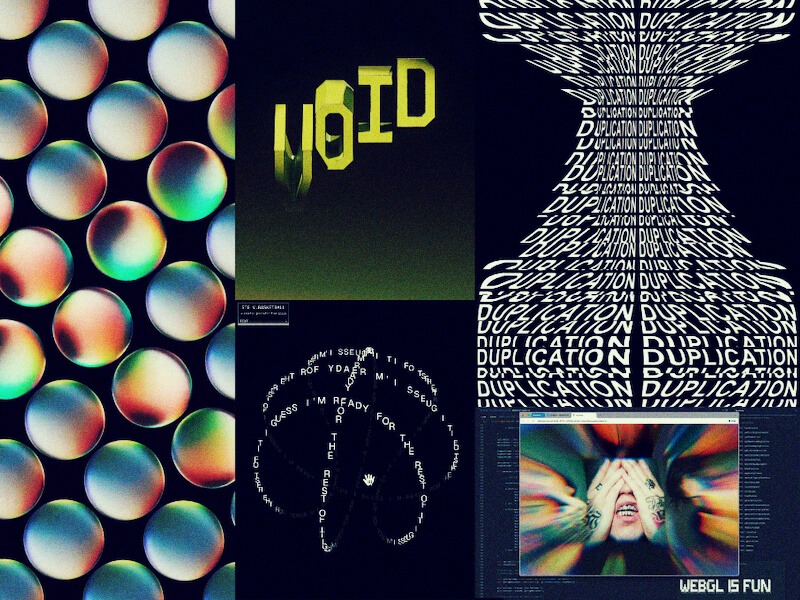
Motion Highlights #10
A fresh collection of motion designs and animations from the creative community.
Source link -

Designing TrueKind: A Skincare Brand’s Journey Through Moodboards, Motion, and Meaning
Project Backstory
TrueKind approached us with a clear but ambitious goal: they wanted a skincare website that stood out—not just in the Indian skincare space, but globally.
The challenge? Most skincare websites (especially local ones) lean heavily commercial. They emphasize offers, discounts, and aggressive product pushes. But TrueKind wanted something gentler, more thoughtful, and centered on one message: honest skincare.
From the very first conversation, I knew this would require a delicate balance. We wanted to create a site that was visually fresh and a little unconventional, but not so experimental that it alienated everyday customers.
We set aside around 1–2 months for the design phase, allowing time for multiple iterations and careful refinement. One of the best parts of this project was the incredibly trusting, supportive client team—working with people who are genuinely open to creativity makes all the difference.

Crafting the Visual Direction
Every project I work on begins with listening. Before touching any design tools, I immersed myself in the client’s vision, mood, and tone.
I created a moodboard to align with their aesthetic, making sure the images I pulled weren’t just random “nice” visuals. This is something I see many younger designers overlook: it’s not just about curating pretty pictures; it’s about curating pictures that match the brand’s energy, saturation, color language, and atmosphere.
🌟 When building moodboards, don’t be afraid to tweak image properties. Adjust exposure, warmth, contrast, and saturation until they feel cohesive. You’re not just grabbing references—you’re crafting a controlled atmosphere.
For the typefaces, I leaned on my go-to foundry, Pangram Pangram. Their fonts are beautifully made and (for personal projects) wonderfully accessible. For TrueKind, we selected PP Mori (for a modern, clean backbone) and Editorial Neue (to bring in an elegant, editorial touch).

Even though the client wanted something unconventional, I knew we had to keep the animation and interaction design balanced. Too much movement can be overwhelming. So, we built the visual experience primarily around typography—letting type choices and layouts carry the creative weight.

On Working Before AI Image Tools
This project dates back to around 2021, before the surge of AI image generation tools. So when it came to placeholders and visual exploration, I often turned to Behance or similar platforms to source reference imagery that fit the vibe.
Of course, for the final launch, we didn’t want any copyright issues—so we conducted a professional photoshoot in Worli, Mumbai, capturing clean, fresh product imagery. For the Awwwards showcase, we’ve swapped in AI-generated images purely for display purposes.
Iteration and Evolution
Here’s a personal moment of honesty: The first version I designed? I wasn’t thrilled with it.
It lacked the polish, elegance, and depth I knew the brand deserved. But instead of settling, I went back, refined, iterated, and kept pushing. That’s something I’d tell any designer reading this:
🌟 Don’t be afraid to walk away from your early drafts. You can feel when something’s not hitting the mark—trust that instinct, and give yourself room to improve.

Animation & Interaction Design
I’m a sucker for scroll-based animations. Smooth scrolling, layered reveals, subtle movement—these elements can elevate a static design a hundredfold if used thoughtfully.
For TrueKind, I didn’t want unnecessary flash. The scroll interactions enhance the content flow without overpowering it. The text reveals, section transitions, and layered elements were designed to add just enough dynamism to keep the user engaged while still respecting the calm, honest tone of the brand.
Bringing in Reksa: Development Insights
At a certain point, I knew I needed help to fully do justice to the design. That’s when I reached out to Reksa—a developer I deeply admire, not just for his technical skill but for his meticulous creative eye.
Handing over a design like this isn’t always easy. But with Reksa, it felt seamless. He understood the nuances, respected the design intention, and delivered 1000%.
In the dev section below, Reksa will walk you through the stack, architecture, key challenges, and how he brought the design to life with care and precision.
Tech Stack & Challenges
Nuxt.js 3 for the frontend: This project was built with Nuxt.js 3 as the frontend framework. It’s my main tech stack and a powerful choice, especially for creative websites. I find Nuxt.js offers far more flexibility than other frameworks.
SCSS for styling: While many developers prefer CSS frameworks, I lean toward vanilla CSS as my primary approach. SCSS is used here mainly for class scoping and maintainability, but the overall syntax remains vanilla. Writing custom CSS makes the most sense for my needs—especially in creative development, where unique layouts and their connection to animation/motion often demand full styling control.
Vercel for hosting: It provides a simple, plug-and-play experience for hosting Nuxt.js 3 projects.
Prismic as CMS: I use Prismic as the headless CMS. It’s my go-to for most projects—straightforward and well-suited to this project’s needs.
GSAP for animations: For smooth motion experiences, GSAP is unmatched. Its exceptional plugins—like SplitText and DrawSVG—allow me to craft fantastic animations that elevate the design.
Lenis for smooth scrolling: To enhance the motion and animation quality, implementing smooth scroll is a must. It ensures that animations flow beautifully in sync with the scroll timeline.
The key challenges for this project were implementing the “floating” layout and ensuring it remained responsive across all screen sizes. Abhishek’s design was beautifully unique, though that uniqueness also posed its own set of difficulties. To bring it to life, I had to carefully apply techniques like
position: absolutein CSS to achieve the right structure and layering.My favorite part of developing this project was the page transitions and micro-interactions.
The page transition to the product view uses a solid color from the product background, expands it to full screen, and then switches the page seamlessly. Meanwhile, micro-interactions—like SVG draw motions, button hovers, and click animations—add small but impactful details. These make the site feel more alive and engaging for users.
Awards & Recognition
We’re incredibly happy that the project received such a positive response. Some of the awards and recognitions include:
- Awwwards – Site of the Day & Developer Award
- Awwwards – E-commerce Honors (Nominee)
- FWA – FWA of the Day
- CSSDA – Website of the Day
- GSAP – Site of the Day
- Muz.li – Picks Honor
- Made With GSAP – Showcase Feature
Reflections
This project was a joy. Not just because of the outcome, but because of the process: working with thoughtful clients, collaborating with talented partners, and building something that felt true to its mission.
There was, however, an interesting twist. While the final site looked and felt fresh and unconventional, over time, the client gradually shifted toward simpler, more familiar designs—closer to what everyday users are used to.
And here’s a reflection for all creatives:
🌟 Creative websites are a feast for the eyes, but they don’t always convert perfectly. As designers, we thrive on bold, experimental ideas. But businesses often need to balance creativity with practicality. And that’s okay.
This project left a lasting impression—not just on the client, but on us as creators. It reminded me why we do this work: not just to make things look good, but to tell stories, evoke feelings, and bring meaningful ideas into the world.
Final Thoughts
If you’re a young creative reading this: Keep learning, keep experimenting, and keep collaborating. It’s not about chasing perfection—it’s about chasing truth in your work.
And when you find a team that shares that vision? That’s where the magic happens.
Thank you for reading.
-
Building an Infinite Marquee Along an SVG Path with React & Motion
Learn how to create an infinite marquee that follows a custom SVG path using React and Motion.
Source link -

Motion Highlights #9 | Codrops
The
New
Collective
🎨✨💻 Stay ahead of the curve with handpicked, high-quality frontend development and design news, picked freshly every single day. No fluff, no filler—just the most relevant insights, inspiring reads, and updates to keep you in the know.
Prefer a weekly digest in your inbox? No problem, we got you covered. Just subscribe here.
-
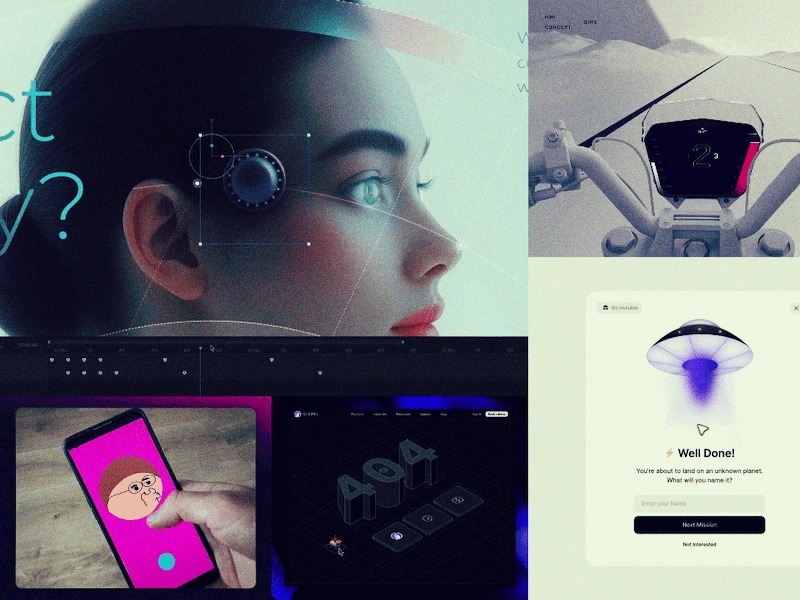
Motion Highlights: Rive Special | Codrops
The
New
Collective
🎨✨💻 Stay ahead of the curve with handpicked, high-quality frontend development and design news, picked freshly every single day. No fluff, no filler—just the most relevant insights, inspiring reads, and updates to keep you in the know.
Prefer a weekly digest in your inbox? No problem, we got you covered. Just subscribe here.
-
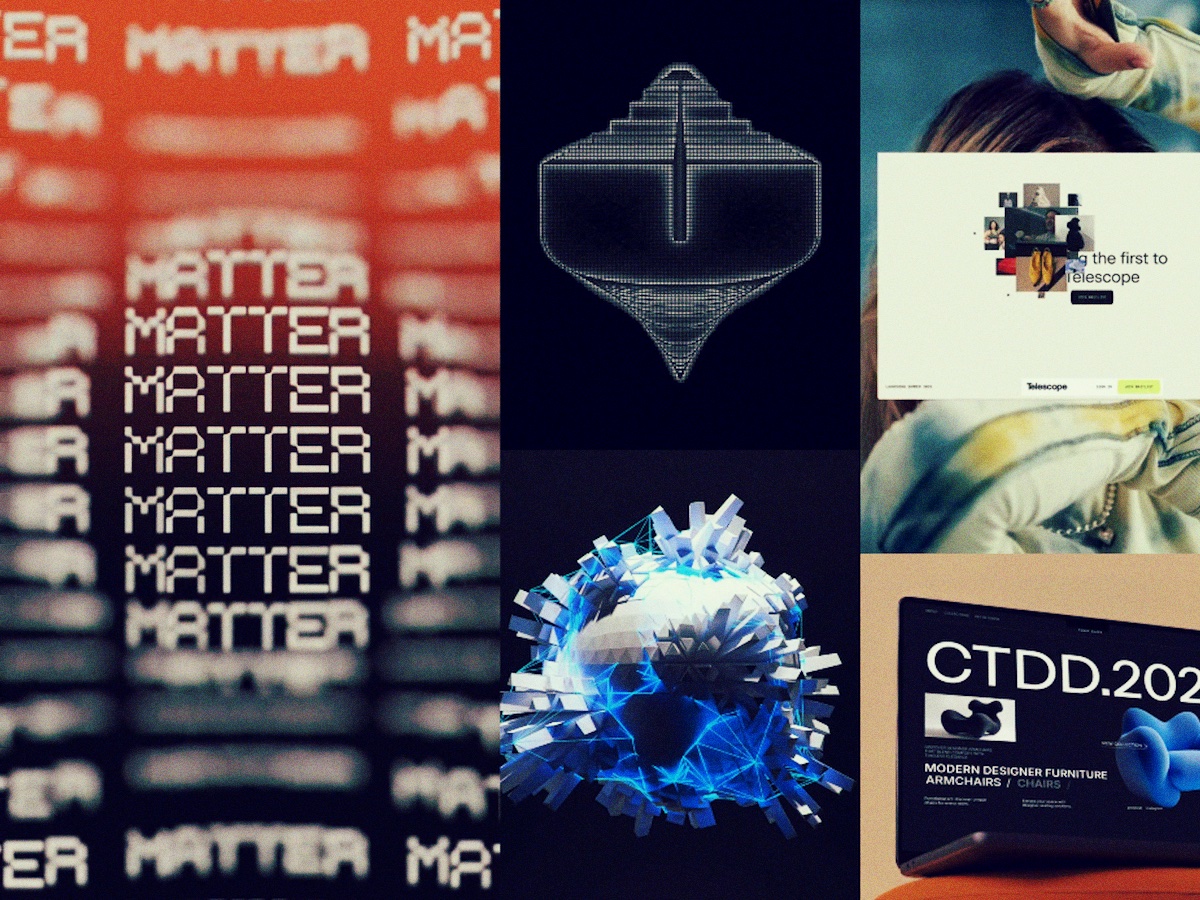
Motion Highlights #8 | Codrops
The
New
Collective
🎨✨💻 Stay ahead of the curve with handpicked, high-quality frontend development and design news, picked freshly every single day. No fluff, no filler—just the most relevant insights, inspiring reads, and updates to keep you in the know.
Prefer a weekly digest in your inbox? No problem, we got you covered. Just subscribe here.
-
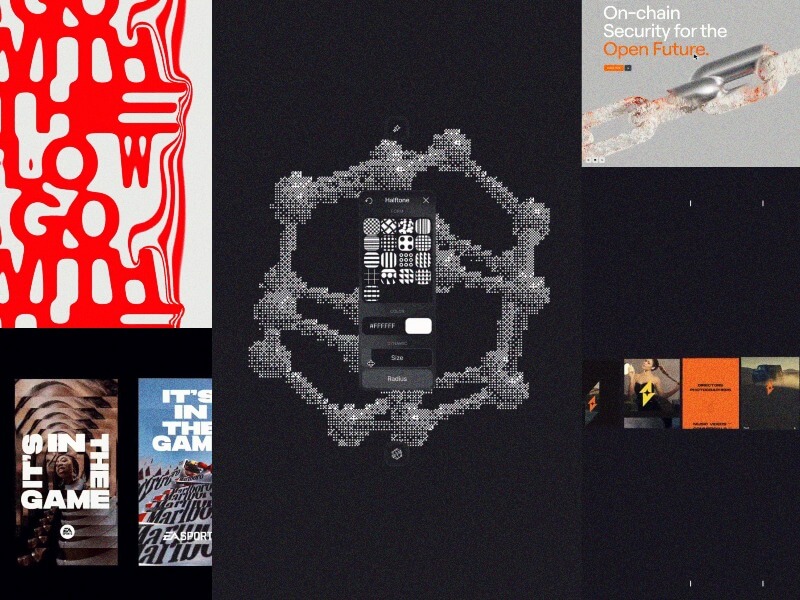
Motion Highlights #7 | Codrops
The
New
Collective
🎨✨💻 Stay ahead of the curve with handpicked, high-quality frontend development and design news, picked freshly every single day. No fluff, no filler—just the most relevant insights, inspiring reads, and updates to keep you in the know.
Prefer a weekly digest in your inbox? No problem, we got you covered. Just subscribe here.
-
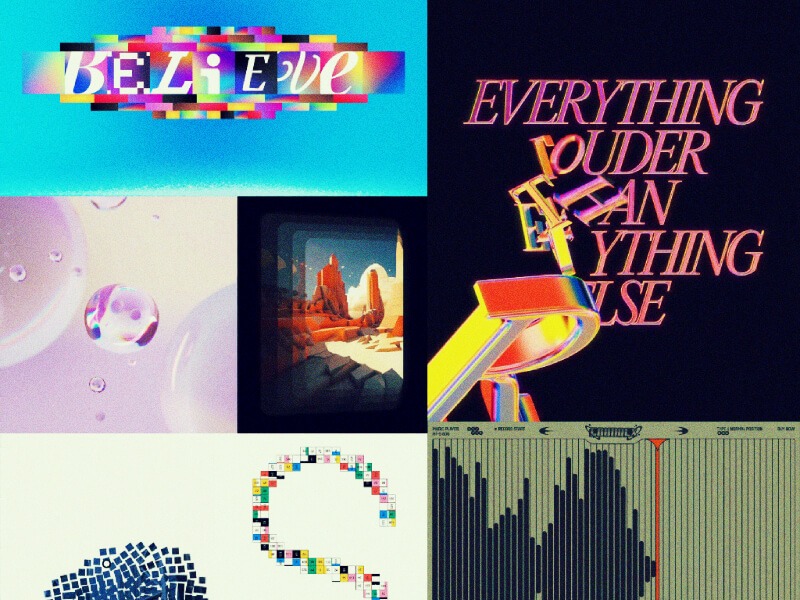
Motion Highlights #6 | Codrops
The
New
Collective
🎨✨💻 Stay ahead of the curve with handpicked, high-quality frontend development and design news, picked freshly every single day. No fluff, no filler—just the most relevant insights, inspiring reads, and updates to keep you in the know.
Prefer a weekly digest in your inbox? No problem, we got you covered. Just subscribe here.

